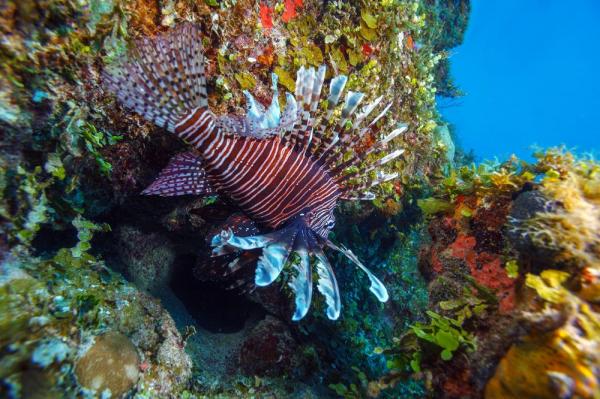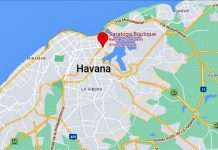HAVANA, Nov. 18 (UPI/Brooks Hays) ─ On Wednesday, U.S. and Cuban officials signed an environmental accord in Havana, the first such agreement since the countries renewed diplomatic relations this summer.
The two countries pledged a cooperative approach to protecting and conserving the marine species living among the 90 miles of ocean that separate the two nations. Wildlife managers from the two countries will work together to safeguard fish and coral species found in marine protected areas.
Officials with Cuba’s Ministry of Science, Technology, and Environment were joined at the memorandum signing by Jathan Jarvis, director of the U.S. National Park Service, and Kathryn Sullivan, chief of the U.S. National Oceanic and Atmospheric Administration.
“We recognize we all share the same ocean and face the same challenges of understanding, managing, and conserving critical marine resources for future generations,” Sullivan said in a news release. “The opportunity for international cooperation in marine conservation is invaluable and this moves us closer to ensuring a healthy and productive ocean for everyone.”
The accord calls specifically for scientists from the Florida Keys and the Texas Flower Garden Banks national sanctuaries to work together with researchers from Cuba’s Guanahacabibes National Park and the Banco de San Antonio.
Guanahacabibes is one of Cuba’s largest wildlife refuges and offers vital habitat for a variety of sea turtle species, many of which use the beaches to lay eggs. Banco de San Antonio is an expansive offshore sanctuary which encompasses a confluence of currents carrying water from the Caribbean into the Gulf of Mexico, making it a crossroads for wildlife traveling to and from the habitats of Cuba and South Florida.
“Cooperation among protected area managers of Cuba and U.S. national park and marine sanctuaries is a great way to preserve our shared natural heritage of the wider Caribbean and Gulf of Mexico regions,” Jarvis said. “After all, fish, marine mammals, sea turtles, birds and other marine life exist in ecosystems that rarely fall within maps drawn by man.”
Conservationists in the United States have expressed concerns about the environmental effects a rush of commercial development in Cuba might have on the nation’s healthy biodiversity.
“Let us hope a bilateral cooperative environmental pact will come to fruition at the appropriate time,” Environmental newspaper columnist Edward Flattau wrote in the Huffington Post late last year, “because expanded offshore oil drilling and other intense developmental pressures are looming on Cuba’s horizon.”
So far, environmental conservation seems to be two countries’ most likely source of agreement.







